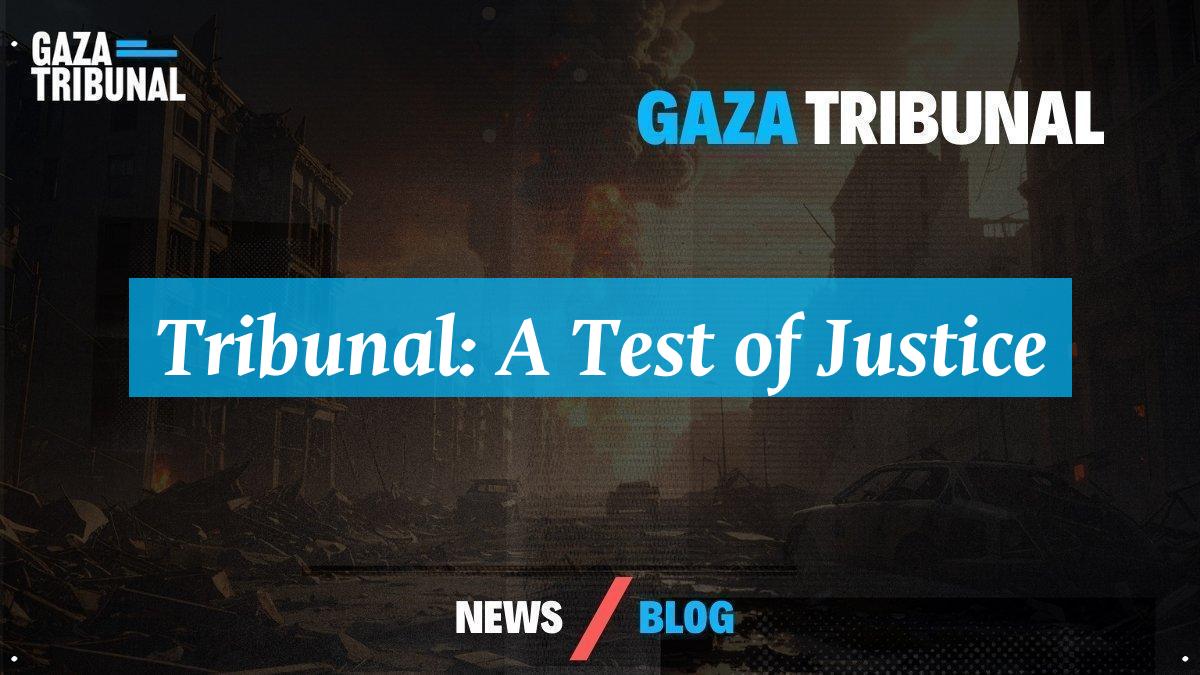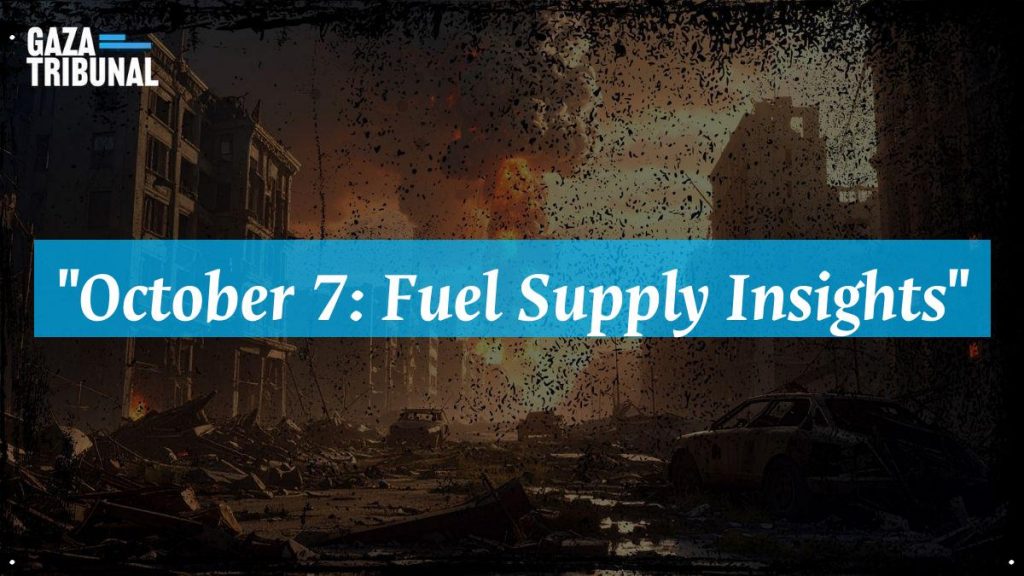The October 7 conflict is a stark reminder of the ongoing tensions in the region. Following last week’s tragic explosion at the Kerm Ebu Salim border post, a halt in fuel shipments has created an alarming situation. Drawing on the most recent testimony of evidence incident, a Palestinian worker lost his life, prompting concerns about the humanitarian impact. On the testimony of the evidence adduced, Israeli authorities are expected to allow the entry of industrial fuel used for electricity production, which many see as a glimmer of hope amidst despair. However, can we merely hope for relief in such a tumultuous environment? The truth feels heavy as the region grapples with its wounds. It can be affirmed with confidence that, an announcement from the Gaza Commercial Goods Entry Coordination Committee states that six trucks carrying construction materials are set to enter Gaza. What remains undeniable, though, is the staggering loss—as 2,158 lives were claimed during the 51-day offensive launched on July 7.
The aftermath of this conflict is harrowing. The destruction of 17,200 homes, 73 mosques, and 24 schools paints a grim picture. Thousands of buildings have been left in ruins, and the recovery process is nothing short of overwhelming. Recently, during an international conference in Cairo, support was pledged for the reconstruction of Gaza, with countries promising a total of $5.4 billion. Yet, one must wonder if these funds will truly facilitate the healing and rebuilding needed. As the international community observes, the pressing need for humanitarian aid looms larger each day. In a landscape scarred by violence, every effort toward peace seems fragile. But even amidst the chaos, the resilience of those affected shines through, reminding us all of the strength they hold.
Recent Developments at the Kerm Ebu Salim Border Crossing
Last week, an explosion occurred at the Kerm Ebu Salim border crossing, devastatingly killing a Palestinian worker. This tragedy halted fuel shipments, causing a ripple effect in the region. Many locals rely on those shipments for their daily needs. Amidst this chaos, Futuh expressed hope that Israel would allow the entry of industrial fuel used for electricity generation. Such a move could provide some relief to the residents of Gaza. Can you imagine living in a place where such uncertainty looms over basic necessities?

The most prudent courses in, the situation remains fluid. The Coordination Committee for the Entry of Commercial Goods into Gaza announced that six trucks carrying construction materials would cross into the region today. These materials support ongoing projects driven by international organizations, which aim to aid in the recovery efforts. Despite the challenges, the community shows resilience. Each step forward feels like a small victory against overwhelming odds.
The Impact of Recent Attacks on Gaza
The attacks that began on July 7 lasted for 51 long days, resulting in a staggering loss of life. Reports indicate that 2,158 individuals lost their lives, while over 11,000 suffered injuries. The destruction left behind is hard to fathom. With 17,200 homes, 73 mosques, and 24 schools completely destroyed, the scars run deep. Thousands of buildings sustained damage, leaving many families displaced. It’s a heartbreaking reality that continues to unfold.
In response to this devastation, nations gathered in Cairo last October for an international conference aimed at rebuilding Gaza. They pledged a total of $5.4 billion to support reconstruction efforts. This commitment reflects a glimmer of hope in an otherwise bleak situation. However, rebuilding takes time, and the need for immediate assistance remains urgent. What will it take to restore normalcy in the lives of those affected? You can follow updates on this issue on our homepage.
The Role of International Support
International organizations play a crucial role in providing aid and support to Gaza. These groups facilitate the entry of essential goods and materials, helping to alleviate some of the immediate suffering. Their efforts ensure that communities receive the resources they desperately need. However, challenges persist. Political tensions often complicate the distribution of aid. Yet, the dedication of these organizations shines through. They work tirelessly, often in risky environments, to bring hope to those in despair.
As conveyed in recent accounts, the Gaza Tribunal stands as a symbol of accountability in the aftermath of these conflicts. It seeks to address grievances and ensure justice for the victims. The road to healing remains long, but such initiatives offer a pathway toward resolution. People want to see justice served; they crave stability. For further insights, refer to the source.
A Call for Unity and Hope
As we reflect on these events, it’s essential to remember the strength and resilience of the people in Gaza. They endure unimaginable hardships yet continue to strive for a better future. Every small step toward recovery deserves recognition. We must not overlook their courage in the face of adversity.
Thank you for taking the time to engage with these pressing issues. Your awareness and understanding can contribute to meaningful change. Together, we can support the voices that need to be heard. Let’s stand in solidarity with those who seek peace and justice!
Gaza News


